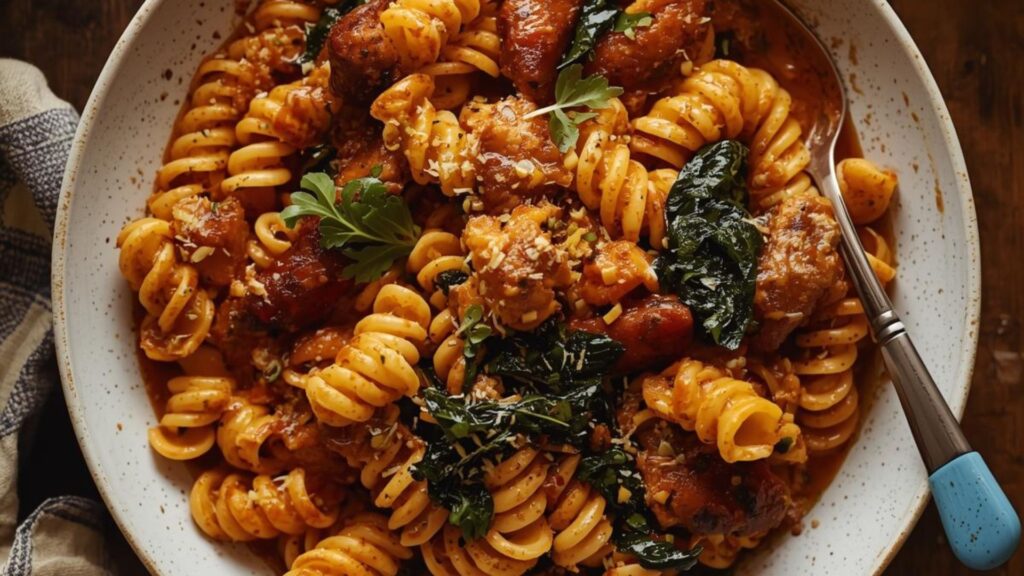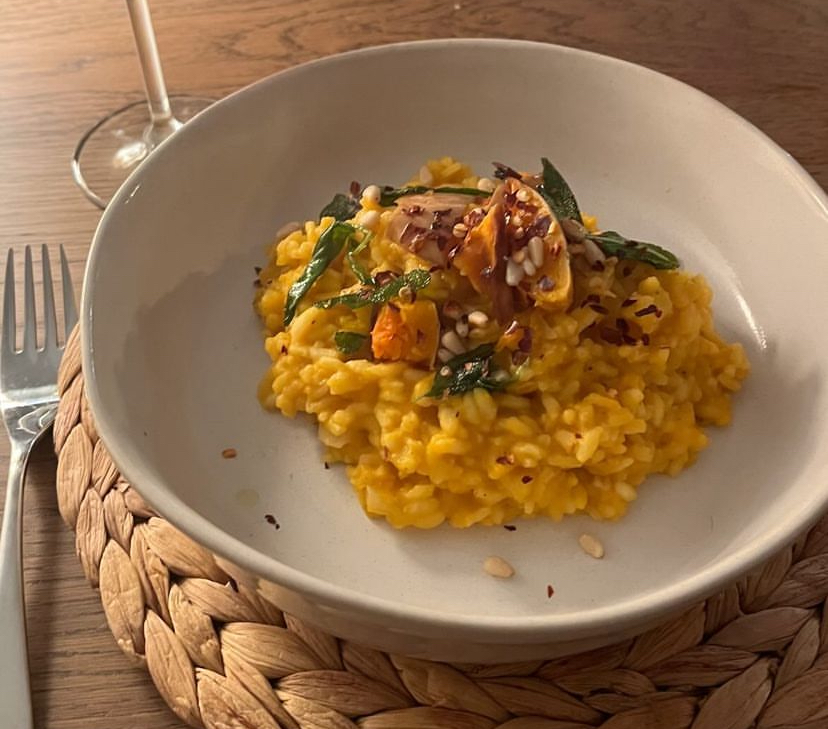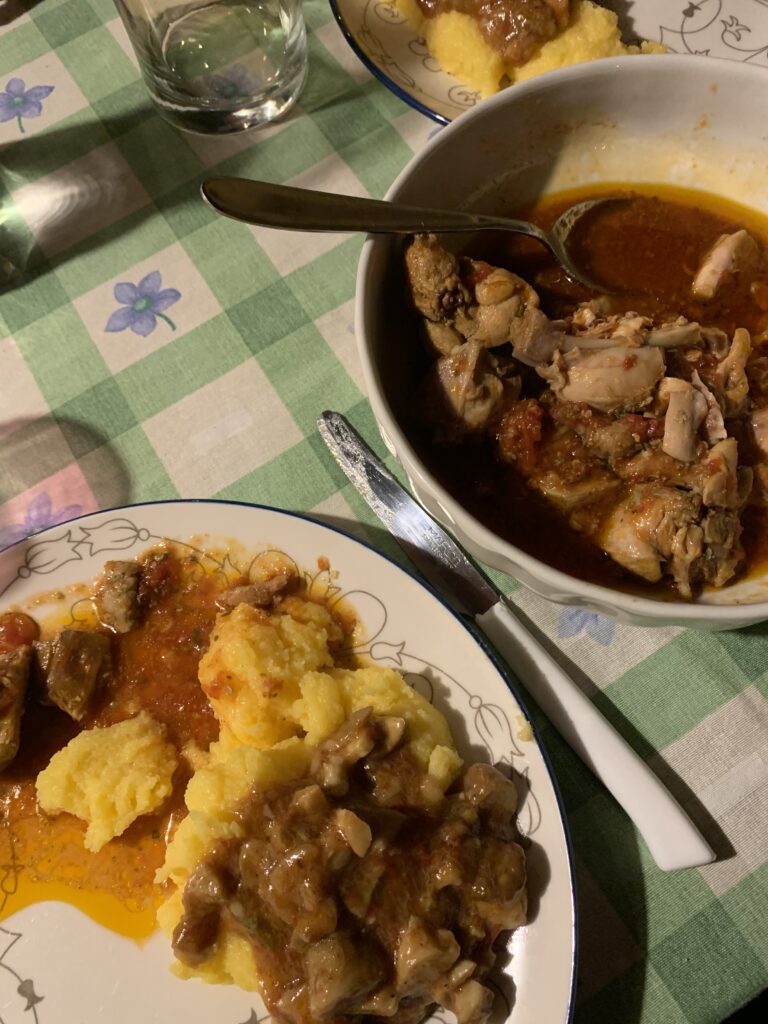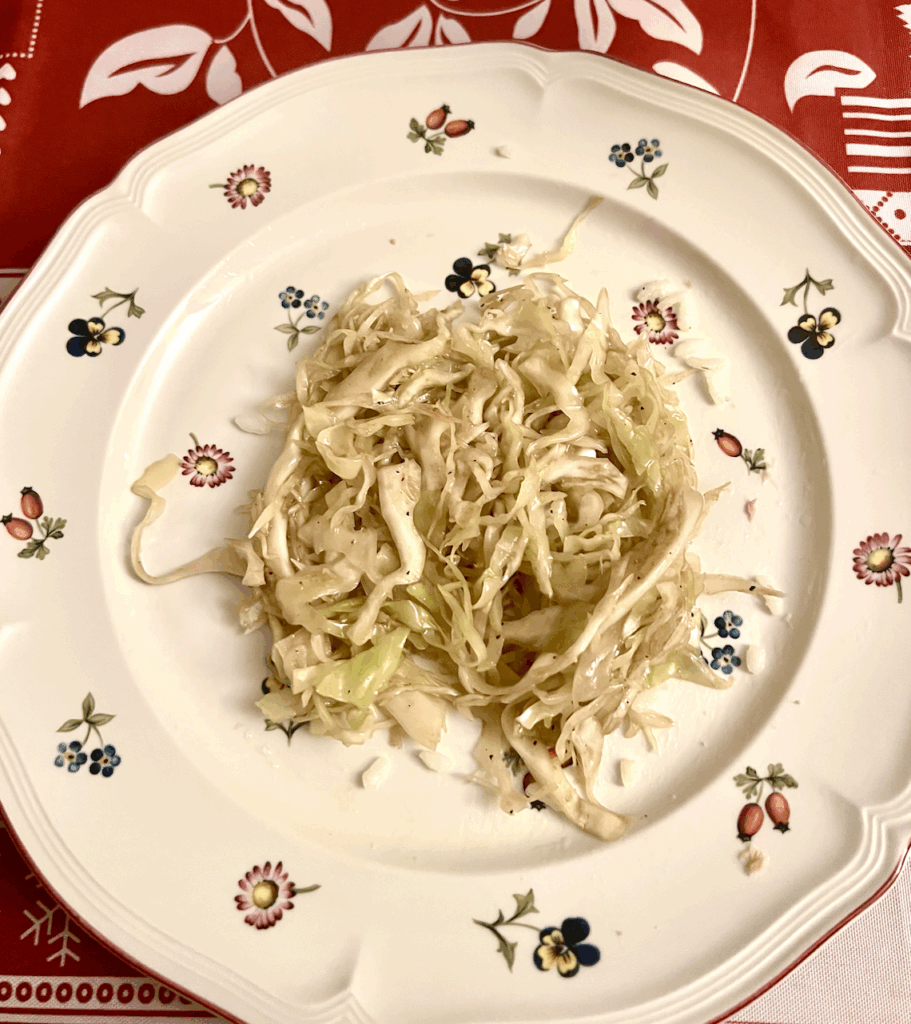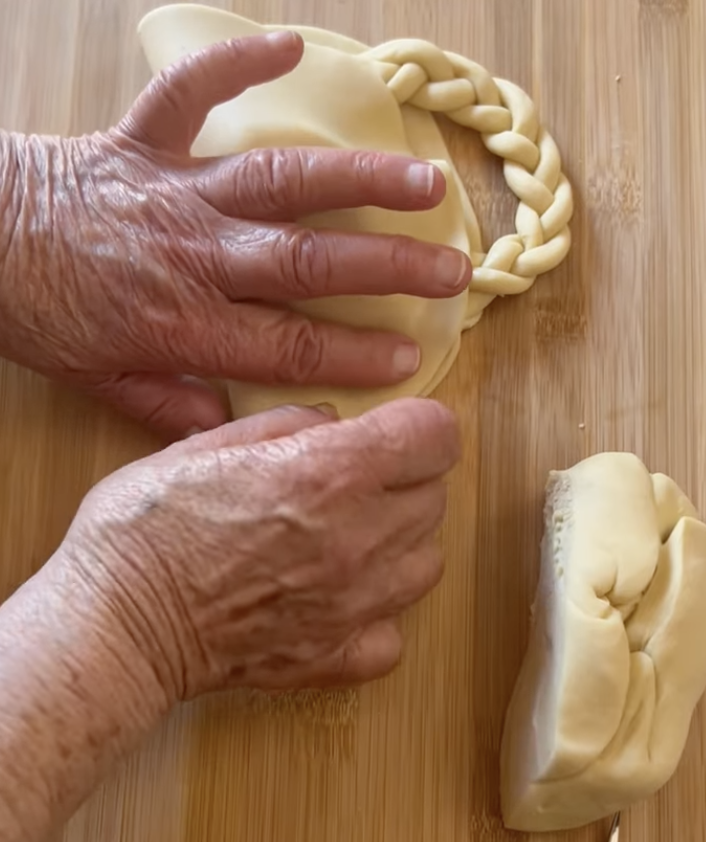
I am constantly trying to keep on top of my Italian skills. As a result, I have a love-hate relationship with Duolingo. I hate it; it hates me when I don’t use it. I secretly love it but I love to hate its inaccuracies, and it loves to hate mine.
That little green bird face has annoyingly reminded me eight times since last night that:
‘Mangio uova con la mia famiglia a Pasqua’ – I eat eggs with my family on Easter.
I’ve also been getting constant refreshers on key Easter phrases:
‘In Italia mangiamo cioccolato a Pasqua’ – In Italy we at chocolate at Easter.
Am I learning Italian? Yes. Repetition is key. But this much? Maybe it’s too much. It asked me to say the same sentence eighteen times. And I’ve spoken into my phone enough times about chocolate Easter eggs that it makes me want to go home right now and open the large box I am attempting to save until this Sunday. So whilst I feel confident in this phrase alone, once sat around a table full of Italians, I would come across like that little green bird — i.e. a parrot with the conversation stuck on repetitive loop, phrases repeating multiple times, over and over.
Duolingo loves to make you practice both the positive and negative form at least five times each which has some benefits, but is arduously long-winded. (Sometimes I wonder if we should rename it Duo-lungo. Honestly, the app noise sometimes appear in my nightmares.) I was however, pleasantly surprised to see that the app likes to highlight seasonal discrepancies between American/British traditions: ‘In America cerchiamo uova a Pasqua’ in America we search for Eggs on Easter and those of the Italians: ‘In Italia, non cerchiamo uova a Pasqua’ in Italy, we don’t search for Eggs on Easter.
I don’t think I’ll become bi-lingual thanks to the app’s persistent (or should I say, passive-aggressive) practice reminders, but it has allowed me to keep my ear in between trips to Italy. I get to practice my verb conjugations without fear. And, in this week’s lessons, I have been impressed by the app’s ability to list culturally specific traditions. (See, I told you it was a love-hate relationship). Natale, Pasqua, and other feste, all got a mention whilst sustaining my streak. And. I was pleased to see some real traditional food references thrown in for good measure. We know that most Italian traditions revolve around food, after all so at least the basic language I am learning is focusing on the right stuff. The app lists a lot of classic items: panettone; tortelli al ragù; multiple types of torta. Yet Duolingo’s wings don’t span as far as the dove-shaped Colomba cake — pannetone’s Easter cousin — a light sponge with hazelnuts, candied orange peel, and almonds. A sad feat really; this cake is one of my favourite Italian sponges, and it works incredibly well as a base in dessert. Try our Granny finder Livia’s Tiramasu di Colomba alle Fragole if you don’t believe me.
So today, in the spirit of fuelling my hatred for Duo’s algorithmic roster. I thought I’d validate some of the key phrases it was teaching me with the team i.e. the real Italy experts. My lovely Pasta Grannies family pointed out an inaccuracy using some footage from a trip to Sicily! Hurrah. Michaella – 1; Annoying app bird – 0.
Duolingo, if you’re listening, it is not strictly true that ‘In Italia, non cerchiamo uova a Pasqua’. Eggs are used in many cultures at Easter because they’re marker for new life; a symbol for Spring. And they are searched for in Italy — just maybe not in the way you’d expect.
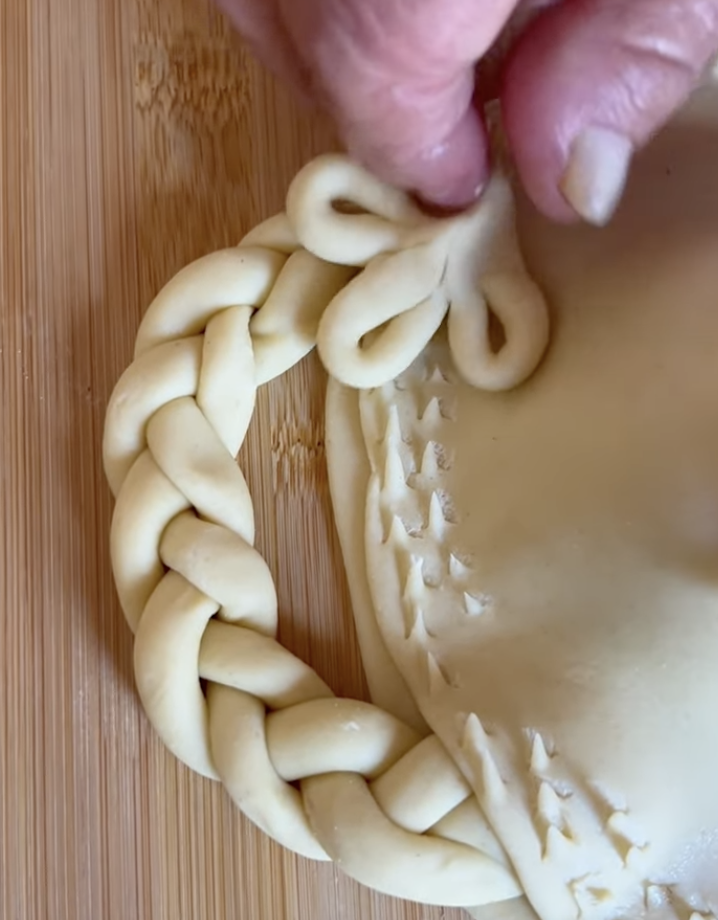
In Sicilian tradition, eggs (from chickens, not chocolate) are used in paludmeddi: ornate dough structures decorated with little pastry details. Nowadays, a lot of children will receive commercialised Easter eggs but this tradition came long before it, and previously saw many young members of the family excited to receive dough structures on Easter Sunday with real eggs nestled inside.
There were different shapes for girls and boys: girls would receive a handbag with one egg hidden away inside, boys were given a bird with one egg tucked away, whereas the elder men were given a heart which might have up to five eggs within! The reason? The nonne making them offered up the most protein to the men who were out working in the fields, they needed more energy to repair and recover from a hard day’s work.
We recently filmed some of our nonne making these on our most recent trip to Sicily. We love that they are protecting this tradition, even though the children receive chocolate eggs too. And me? Well, I love being able to point out one area where my Italian knowledge might have outsmarted that annoying Duolingo bird.
Do you have any specific Easter traditions with your family? Any recipes you only make at this time of the year? We’d love to know! Email us at hello@pastagrannies.com
